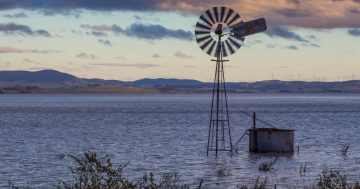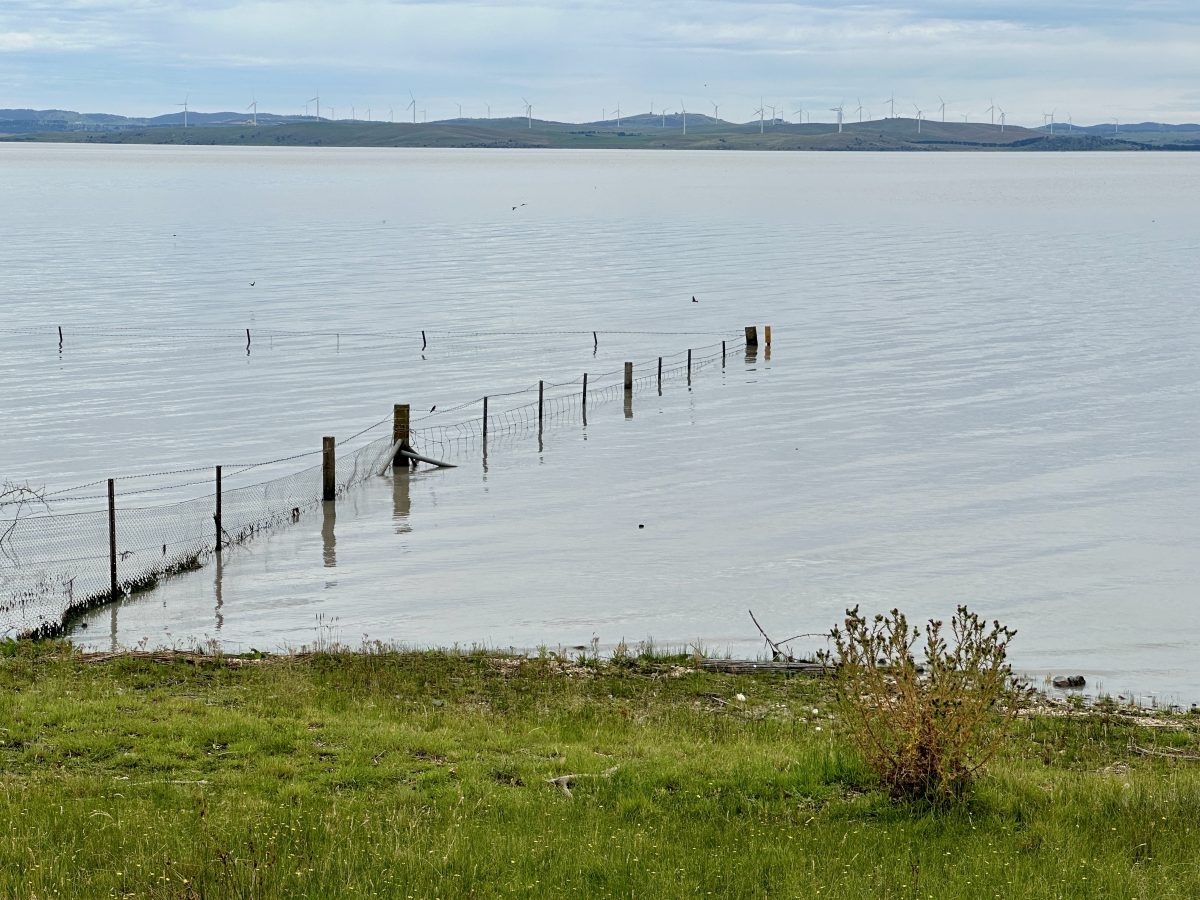
Lake George was this full in 1990 and 1976, but only for those years. Photo: James Coleman.
Several times a week, Brad Pillans takes his socks off and dips a toe in Lake George to measure the water level. Except recently, it’s been a lot more than a toe.
“The last time we saw it this full was 1990, then 1976 before that, and then a long period in the 1950s through to the 1960s when it was above this level for 16 years,” the professor from the Australian National University (ANU) Research School of Earth Sciences says.
“A lot of older people around Canberra remember it then.”
Six decades ago, the Canberra Yacht Club was even based out at Lake George and families would visit on the weekends during summer to let the kids have a splash in the water while the adults went fishing or paddling.
“I learnt to water ski out on Lake George,” Brad says.
“Sunday in summer was spent out on the lake, swimming and water skiing.”
Many of these watersports have now returned. Windsurfers, for instance, can often be spotted on the swelling lake (when it isn’t raining).
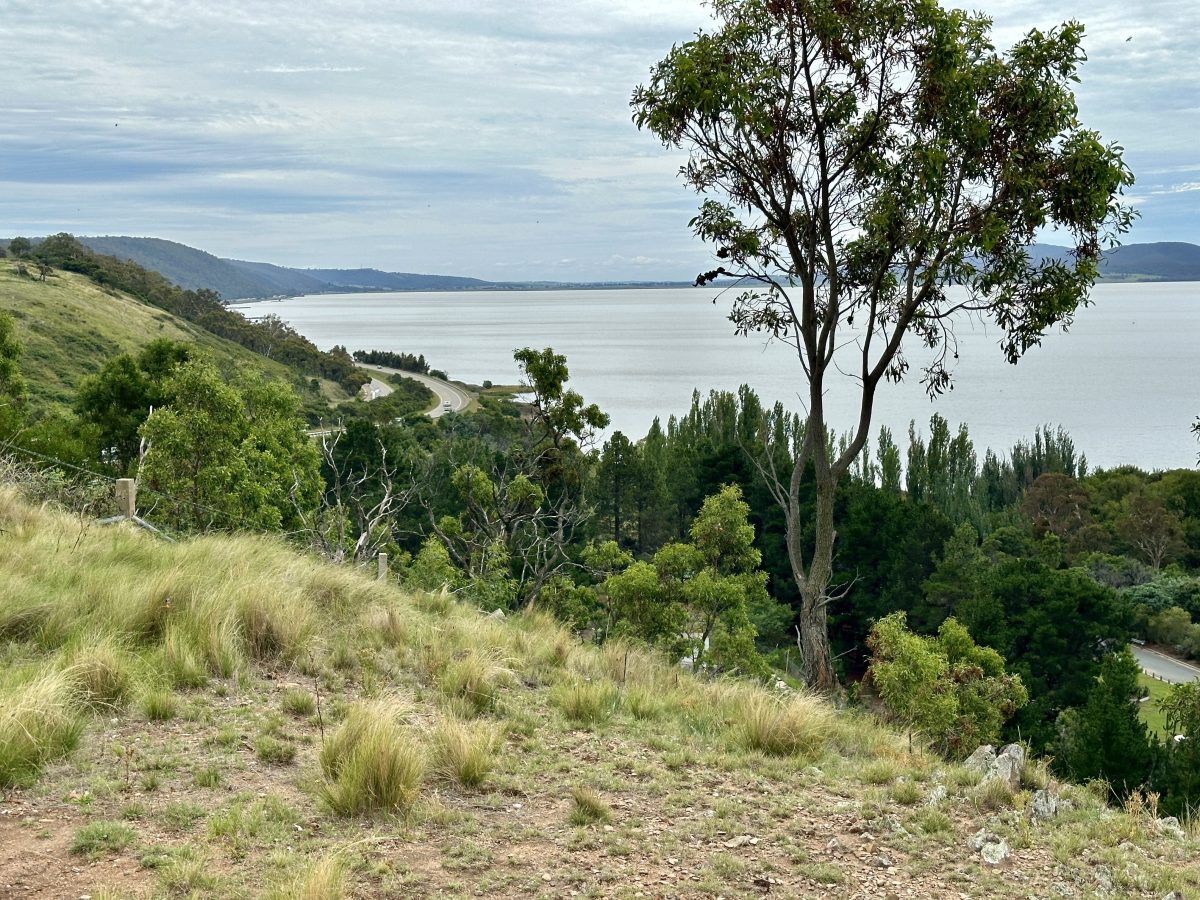
Lake George measures about three metres deep now, but it has been seven in the past. Photo: James Coleman.
Brad has been measuring the water level – and obtaining sediment samples from the lake floor – for more than 10 years as part of his research in local geology. He says what we’re seeing now is similar to the full spell in the ’50s and ’60s.
“It’s been filling up since 2020 and rose significantly in November 2022, when the maximum depth was 3.1 metres,” he says.
It seemed the stage was set late last year for hot and dry weather, but as spring turned to summer, the rain came back and the water level rose again by about 12 cm. It’s now around 2.9 metres deep.
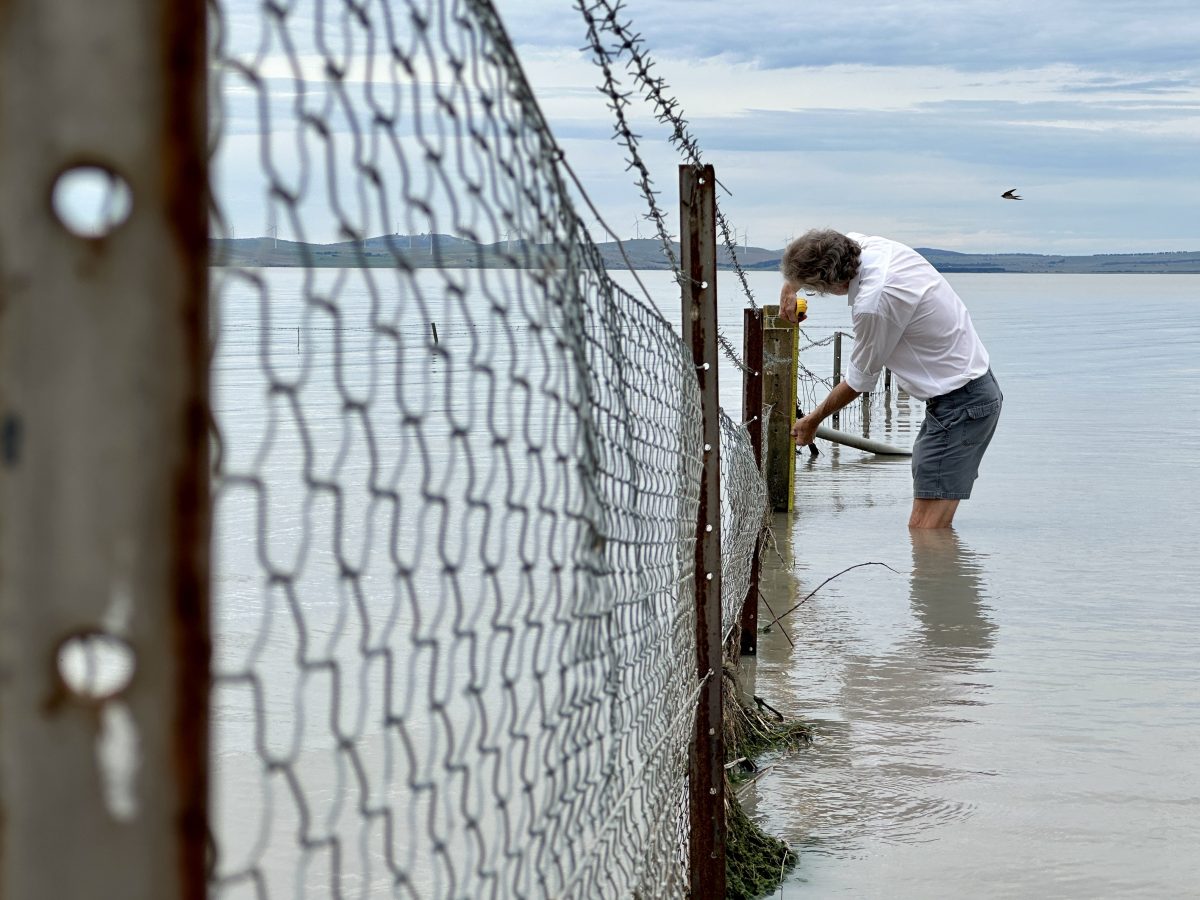
Professor Brad Pillans measuring the water level at Lake George. Photo: James Coleman.
Or to put it another way, the 25km-by-10km wide lake currently contains about 300 gigalitres of water or nearly 60 per cent of the amount in Sydney Harbour. In the ’50s and ’60s, it was on par with Sydney Harbour.
“Historical records show it has been as high as seven metres around 1820 and 1875,” Brad says.
Around that time, it was proposed Lake George could form the centrepiece of a new capital city, a ‘Venice of Australia’, only for hardly any water to be seen when the inspection party turned up.
Despite the urban legends about how the water disappears through mysterious subterranean tunnels and resurfaces in New Zealand or China, Brad says it all comes down to a battle between rainfall and evaporation. Because the lake is so shallow and only fed by a few small creeks on its eastern edge, more water leaves than goes in “75 per cent of the time”.
“It’s like the birdbath in your garden.”
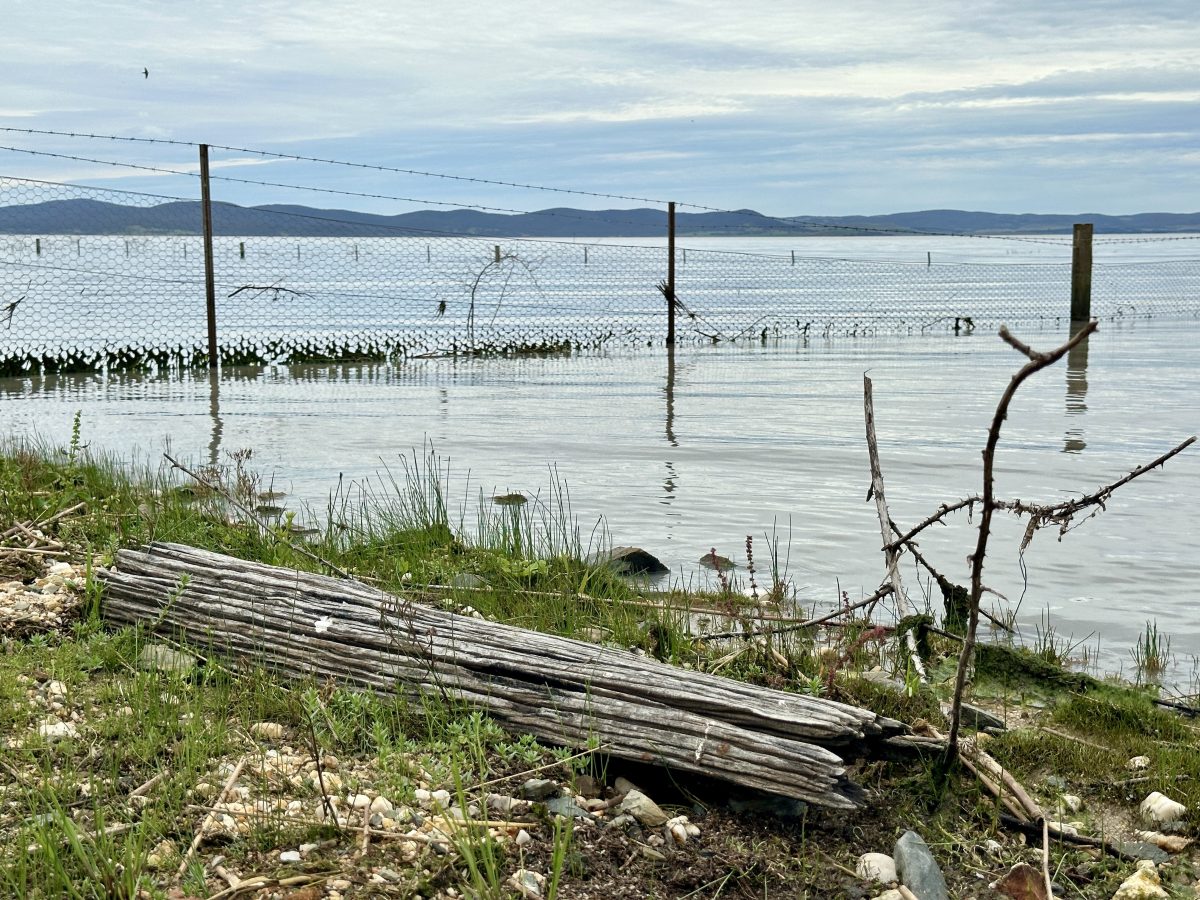
It doesn’t take long for the water to build a beach. Photo: James Coleman.
It’s rarely completely dry. The lake floor dips down slightly on the eastern side, out of sight of the highway, and the water there is enough to keep the lake’s strangely abundant fish alive (even though rumour has it pelicans bring in some, too).
“Even when the lake floor completely dries out, one or two of the local creeks still have little pools of water in them, and the fish survive in them and quickly come back when the water does.”
When the Commonwealth leases the land out to local farmers and sheep and cows are grazing on it, it’s hard to imagine how Lake George could possibly be dangerous. But more than a dozen lives have been lost to its freezing and choppy waters since 1949, including five cadets from the Royal Military College (Duntroon). Brad says they “didn’t stand a chance” when their boat capsized.

Professor Brad Pillans has been measuring the water level for more than 10 years. Photo: James Coleman.
“Conditions can change quickly,” Brad says.
“I remember being out there myself with the family and we got something called a southerly buster. The wind would change and the waves would whip up quite quickly, and being a shallow lake, that could easily happen.”
Because most of the evaporation takes place over summer, and ours has so far been sopping wet, Brad expects Lake George to remain fairly full for most of the year.
“Once we come into winter, if we get close to average rainfall, the water level will be maintained and probably even increase,” he says.
“It will be interesting to see what happens next year. If it stays around, we might be looking at the effects of climate change.”
Original Article published by James Coleman on Riotact.







